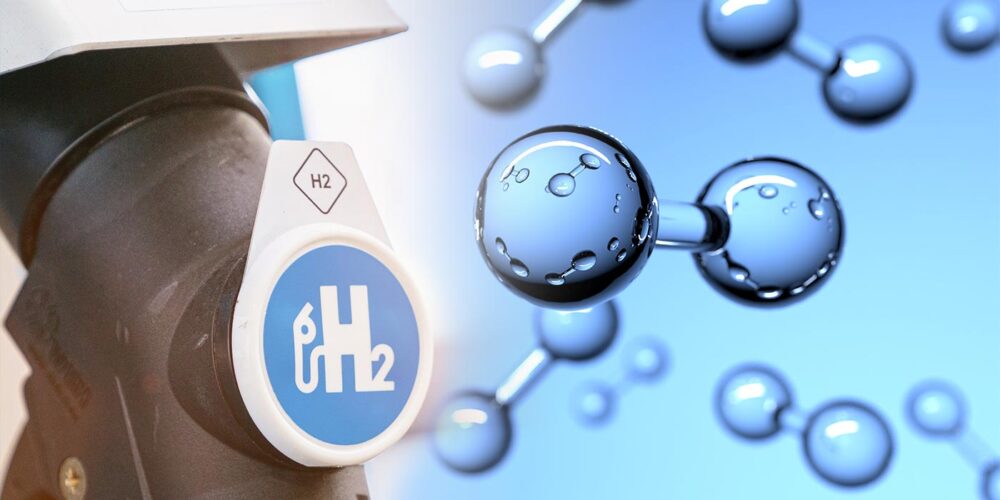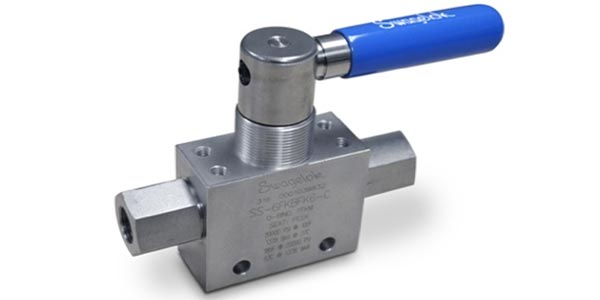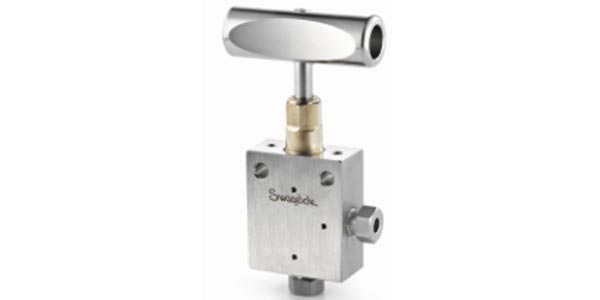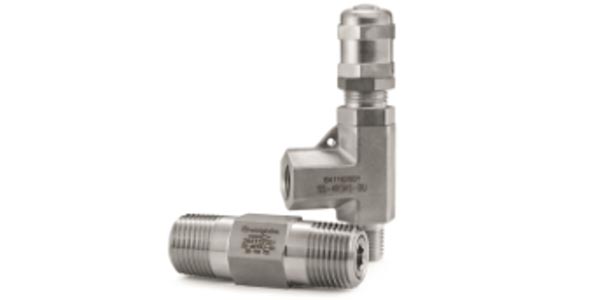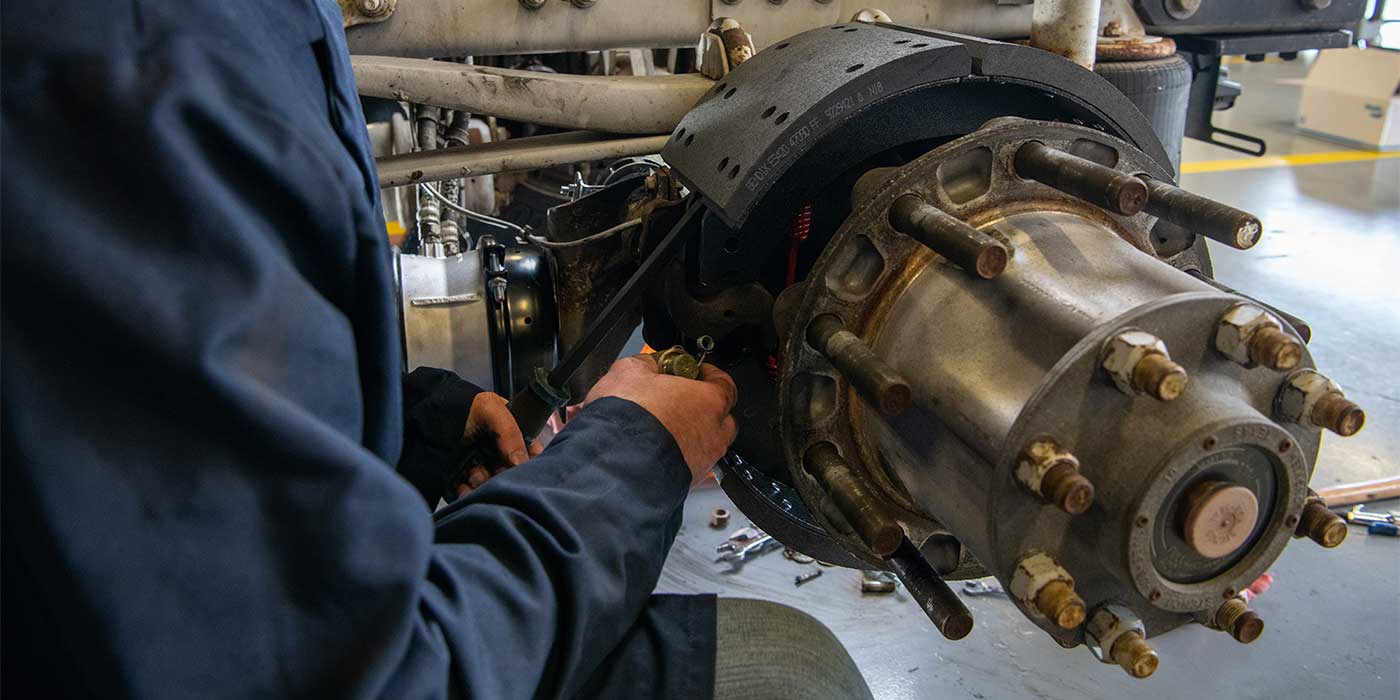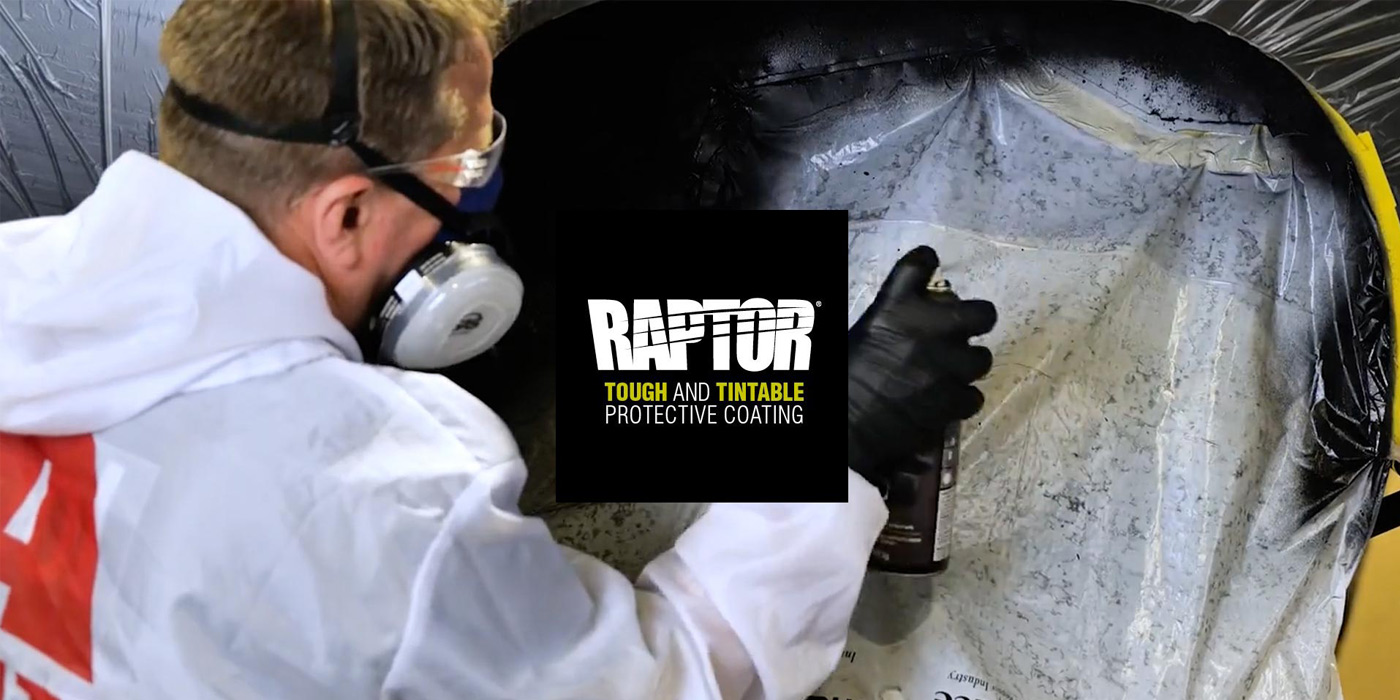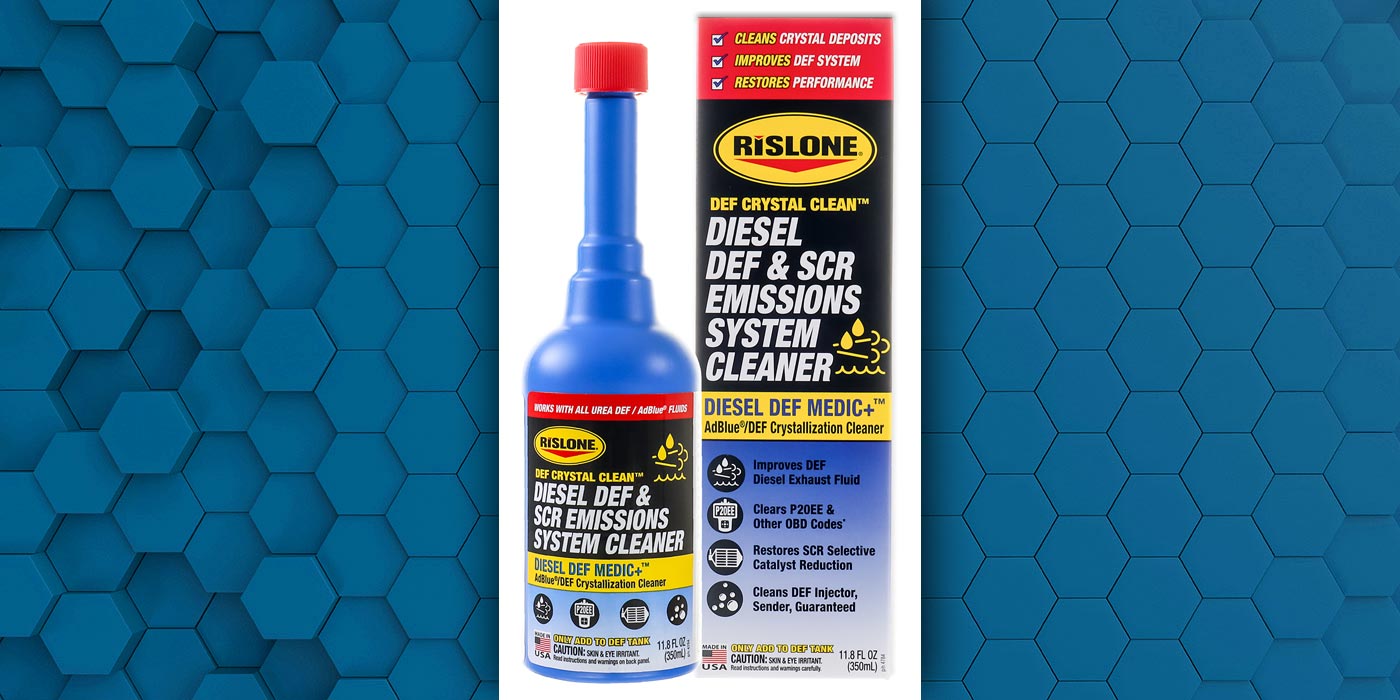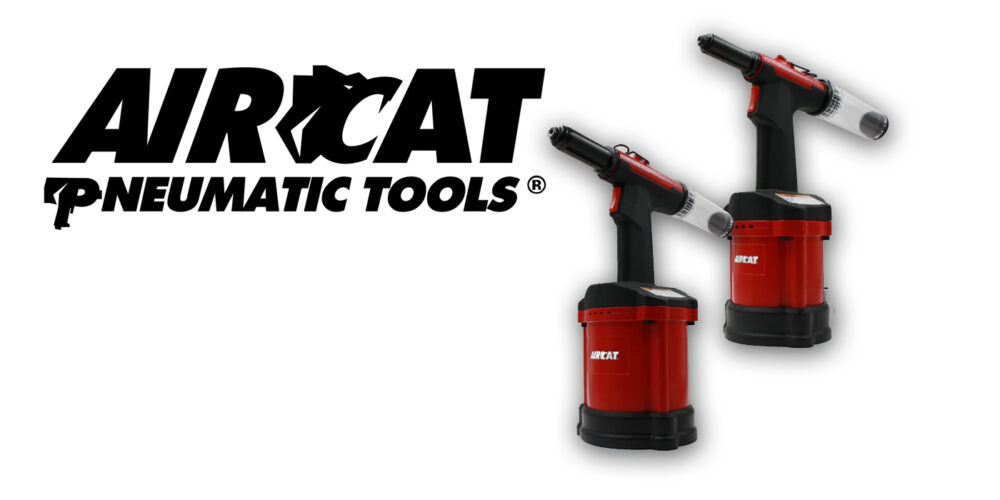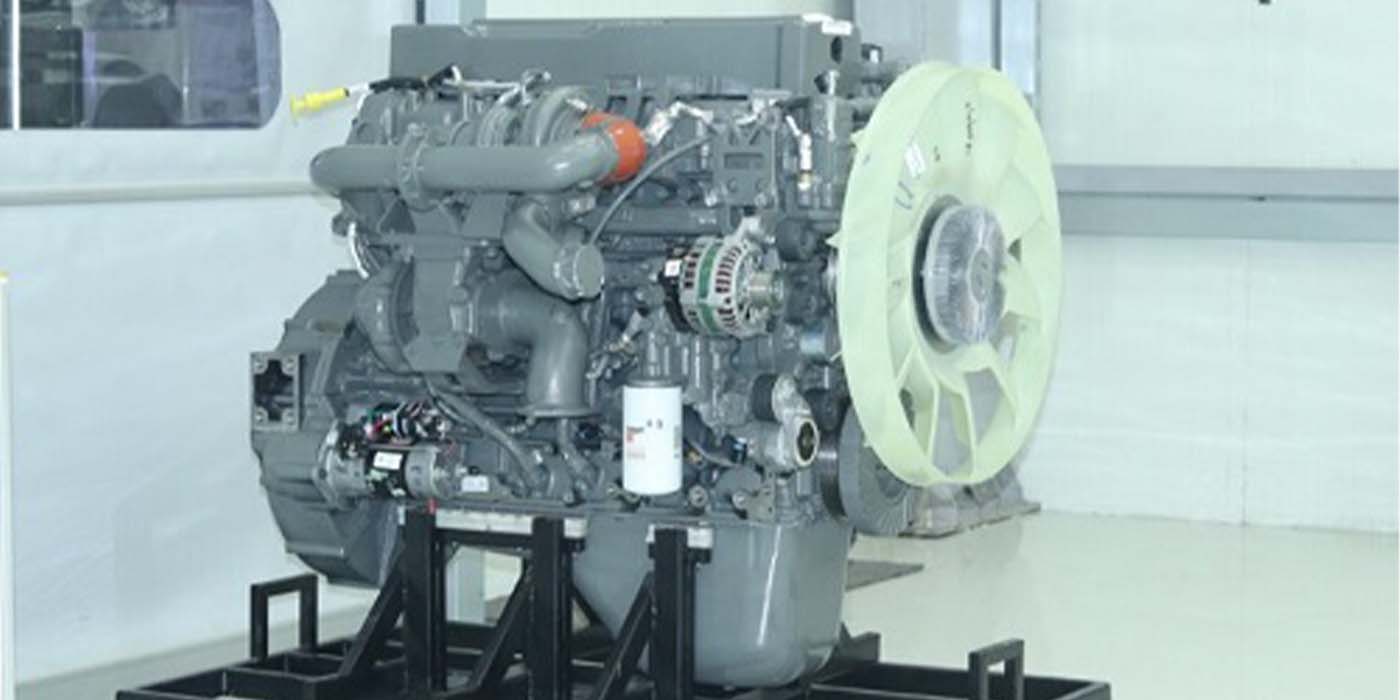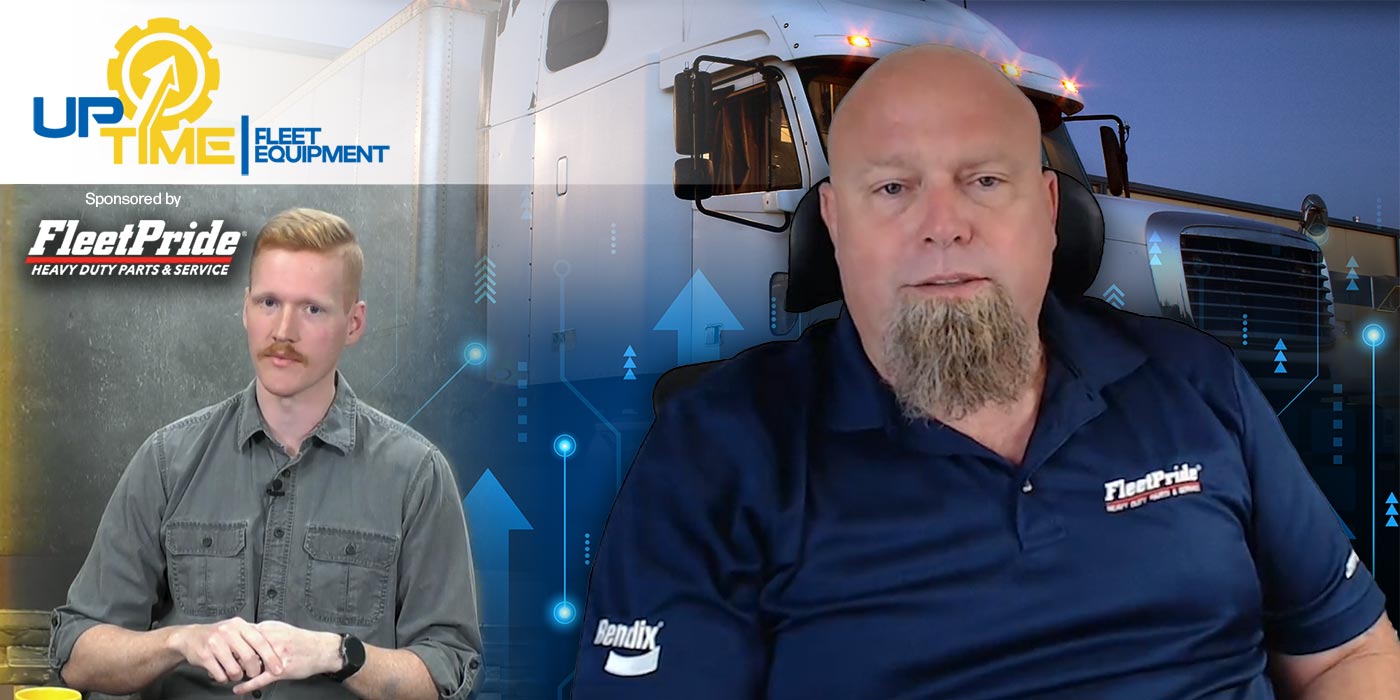As the world searches for a fuel to replace diesel and gasoline in mobility applications, hydrogen is quickly emerging as a viable option. Its advantages include safety, affordability, energy density and sustainability. In other words, it has all the advantages of fossil-based fuels without the troublesome emissions.
But before hydrogen can become a globally accepted mobility fuel, manufacturers must produce hydrogen vehicles and, equally importantly, the infrastructure to support them. The equipment must be constructed using the highest-quality materials because hydrogen fuel presents specific challenges that not all components can handle. Crucially, hydrogen fuel systems must not leak when fuel is dispensed. The components used in hydrogen fuel infrastructure systems must contain components that meet particular performance criteria.
One such component is the valve, which controls how hydrogen will flow either through the vehicle or in the stationary refueling station. Choosing the right valves for hydrogen systems is complex and requires a full understanding of how hydrogen differs from traditional fuels and the performance criteria a hydrogen valve must meet.
How hydrogen differs from other fuels
Containing hydrogen molecules is far more difficult than doing so for other fuels because its molecules are some of the smallest in the natural world. Given the tiniest amount of space, hydrogen molecules will try to escape. Therefore, leak-tight connection points are essential to prevent potential safety risks to consumers who are putting the fuel in their vehicles.
Hydrogen systems that use traditional stainless steel may weaken over time as hydrogen molecules are absorbed into the surrounding tube in a phenomenon called hydrogen embrittlement. If left unchecked, it can cause fissures to form in the containment system and allow significant leaks to occur.
The importance of high-quality hydrogen valves
The conditions under which hydrogen fuel systems operate present their own unique set of challenges. As you begin to choose your valves for hydrogen applications, you must consider the following four items:
- Pressures. To achieve desired density, Hydrogen must be stored in on-vehicle tanks at 350-700 bar.
- Stress and vibration. Systems must be able to withstand high speeds, bumpy roads and inclement weather conditions.
- Safety. Refueling stations must be safely operable by the average consumer.
- Maintenance. The ability to easily remake leak-tight joints during servicing is important.
There is a wide range of valve designs that can be used in these systems and they all must adhere to these strict criteria and be able to produce leak-tight connections at shut-off or regulation points. It should also be able to handle the different operating conditions it will face in a hydrogen vehicle or refueling system.
Ball valves
One of the components seen most often in hydrogen systems is a ball valve. Typically, it stops and starts hydrogen flowing through the system from one direction to the next (see Figure 1). As you decide which ball valves are most appropriate for your hydrogen applications, it is important to seek wear-resistant stem seals. One option may be to include a trunnion-style ball with a direct-load design. Such a valve provides leak-tight performance each time it is activated or shut off. Another option is a bottom-loaded stem design to prevent possible stem blowouts, making the system safer to operate.
Working with a reputable valve supplier should give you access to advisors who can help shape your selection. Most hydrogen ball valves have a two- or three-way functionality option, can be mounted according to your specifications, and have different flow coefficients, which allows you to choose the ball valve that meets your application needs. Lastly, make sure the fittings have been designed for hydrogen applications to ensure compatibility.
Needle valves
In most hydrogen systems, needle valves are required to handle fine adjustments in how much hydrogen is flowing at any given time (see Figure 2)—but they require considerations that are not present in other needle-valve applications. For example, most needle valves are made completely of metal and need significant force to seal them correctly. Repeated application of force to these valves could deform the needle and possibly the seat. This creates potential safety hazards, and the component must be fixed—often at great cost—immediately. In addition, the required force may need large air actuators to open and close the valves, usually leading to a two-minute delay to fully actuate.
Taking these conditions into consideration, needle valves for hydrogen applications should be constructed from high-quality 316 stainless steel, which is strong enough to reduce deformation over time as they open and close. It is also critical to ensure the valves you choose are properly designed to handle the pressure inherent in a hydrogen system, specifically 350-700 bar. Finally, you should make sure the needle valves you choose are compatible with your other hydrogen-qualified components.
Hydrogen check valves
Since safety is a significant consideration in hydrogen fueling systems, having the right check valves to control excess backflow is crucial (Figure 3). Unlike check valves in other applications, they have specific requirements when they are used in hydrogen systems.
In most cases, check valves have springs that, because they are usually constructed with strain-hardened materials, are more prone to hydrogen embrittlement than check valves made with high-quality 316 stainless steel. In addition, check valves in hydrogen vehicle fueling applications may encounter large, fast changes in temperature and pressure. If the check valve is not designed to handle the stress, the elastomer seals may break down prematurely and cause a leak. Understanding their limitations, ball check valves may work better in hydrogen compressors. As with all valves, ensure that they are compatible with the other parts you select.
If the hydrogen mobility fuel market is going to be viable long-term, the hydrogen systems in the vehicles and at the fuel dispensing stations must be safe, reliable and durable. Identifying which components will best serve in those capacities will help move the technology forward toward a greener future.
Chuck Hayes is applications commercialization lead for clean energy for Swagelok Company.

